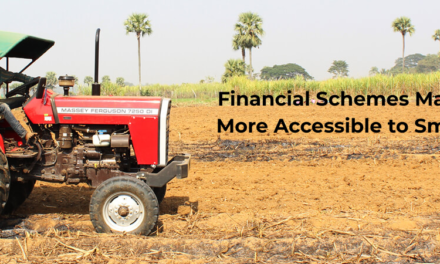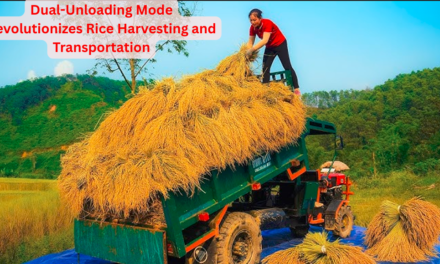India’s rice stocks have reached all-time highs, positioning the country as a key player in the global rice market and opening up significant export opportunities. The record stockpile is attributed to favorable monsoons, increased cultivation area, and the adoption of high-yielding varieties and modern farming techniques. Government procurement under the Minimum Support Price (MSP) regime has also contributed to these robust reserves, ensuring surplus production beyond domestic needs.
This surplus comes at a critical time when several countries, including the Philippines, Indonesia, and African nations, are grappling with rice shortages due to adverse weather conditions and disrupted supply chains. India, already the world’s largest rice exporter, stands to expand its market share further by leveraging these opportunities. With competitive pricing and a reputation for quality, Indian rice—especially basmati and parboiled rice—is in high demand globally.
The Indian government is expected to capitalize on this situation by encouraging exports through streamlined trade policies, incentives for exporters, and enhanced logistical infrastructure like ports and rail networks. However, maintaining domestic food security remains a priority. A balanced approach, ensuring adequate stocks for the Public Distribution System (PDS) and price stability, will be critical as India navigates increasing export demand.
Additionally, the high stocks provide an opportunity to strengthen India’s position in value-added rice products, such as ready-to-eat rice, fortified rice, and rice-based snacks, which have growing appeal in international markets. Investments in post-harvest infrastructure and quality certification systems can further enhance export competitiveness.
This scenario reflects India’s growing dominance in the agricultural trade landscape and its ability to support global food security while reaping economic benefits from its thriving rice industry. The surge in rice exports will not only boost farmer incomes but also contribute to the nation’s foreign exchange earnings, solidifying India’s status as a global agricultural powerhouse.









